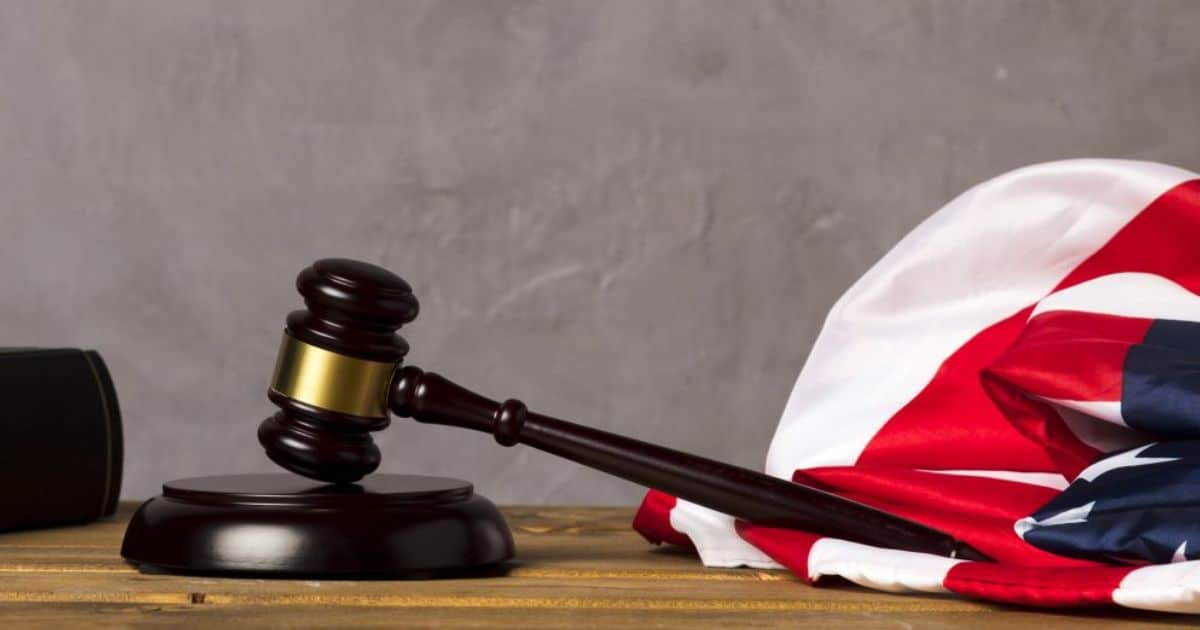After an accident in New York that leaves you injured, you might be wondering what your next steps are. The first thing you should do after seeking medical attention is to meet with a personal injury lawyer. In New York City, victims have the option of filing a claim and securing compensation for the losses they have incurred. If you can’t reach an agreement with the other party, you can go to court.
Personal injury trial attorneys in New York City can help you navigate the legal process of seeking compensation for your medical bills, lost wages, and pain and suffering. This process can seem complex, but breaking it down into stages can help you understand what to expect.

Before the Trial: Building Your Case
- Seeking Medical Attention: This is the most important step, regardless of whether you plan to take legal action. Getting a medical evaluation documents your injuries and creates a record for future reference.
- Consulting an Attorney: An experienced personal injury attorney will guide you through the legal process, gather evidence to support your claim, and negotiate with the at-fault party’s insurance company on your behalf.
- Investigation and Evidence Gathering: Your attorney will investigate the accident scene, collect witness statements, and obtain police reports. Medical records will be crucial evidence to prove the extent of your injuries.
- Demand Letter and Negotiations: Your attorney will draft a demand letter outlining the details of the accident, your injuries, and a proposed settlement amount. Negotiations with the insurance company will likely follow.
- Filing a Lawsuit: If negotiations fail to reach a fair settlement, your attorney will file a formal lawsuit against the party responsible for your injuries. This lawsuit outlines your claim and initiates the court process.
The Pre-Trial Phase: Discovery and Disclosure
- Discovery: This stage involves both sides exchanging information. This might include written questions (interrogatories), requests for documents, and depositions (formal out-of-court interviews under oath).
- Motions Practice: Both sides may file motions with the court. These motions can address various issues, such as excluding certain evidence or seeking a summary judgment (ending the case before trial).
- Pre-Trial Conferences: The judge may hold pre-trial conferences to discuss the case’s progress, address any outstanding issues, and potentially encourage settlement.
Trial Day: Presenting Your Case
- Jury Selection: Potential jurors will be questioned by both sides to ensure they are impartial and can fairly decide the case based on the evidence presented.
- Opening Statements: Attorneys for both sides will present their opening statements, outlining their arguments and what evidence they will introduce.
- Presenting Evidence: Both sides will present their witnesses and evidence to support their claims. This might include medical records, expert testimony, and witness statements.
- Closing Arguments: After all evidence is presented, attorneys will deliver closing arguments, summarizing their case and urging the jury to rule in their favor.
- Jury Instructions and Deliberations: The judge will instruct the jury on the relevant laws and legal principles they must consider when reaching a verdict. The jury will then deliberate privately to reach a decision.
- Verdict and Damages: The jury will deliver a verdict, deciding whether the defendant is liable for your injuries. If they find the defendant liable, they will also determine the amount of compensation you deserve for your damages.
After the Trial
- Post-Trial Motions: The losing party may file motions challenging the verdict or seeking a new trial.
- Settlement or Appeal: If no motions are filed, or if they are unsuccessful, the verdict will be final. If the verdict is in your favor, you will receive the awarded compensation. If the verdict is not in your favor, your attorney may advise you on the possibility of an appeal.
Final Thoughts
This is a general overview of the steps involved in a New York personal injury trial. The specifics of your case will vary depending on the circumstances of your accident and the severity of your injuries. Consulting with a qualified personal injury attorney is essential to understanding your legal options and navigating the complexities of the legal process.
